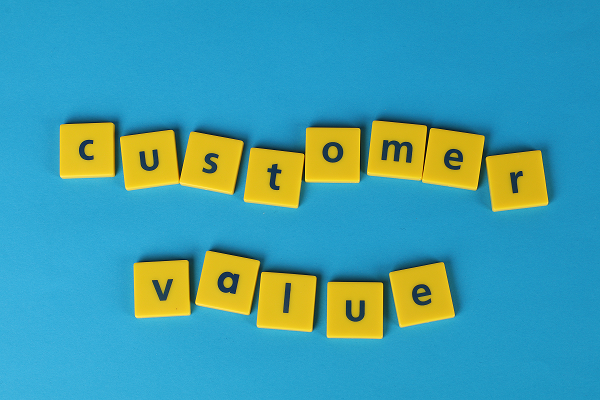For decades, value selling has been a secret weapon most enterprise sales teams brought out only for their biggest prospects. That’s because like with most secret weapons, it was expensive, hard to operate, and needed to be reserved for the most opportune moments. But in recent years, the introduction of new automated tools enabled pioneering organizations to deploy value selling at scale with near real-time use of value across multiple scenarios and prospects.
Now, we stand at a tipping point where Customer Value Management has begun to scale across the entire enterprise for use by marketing, sales, and customer success teams. Enterprise leaders must understand and embrace this fast-moving trend lest they be left behind.
Customer Value Management (CVM) helps drive consistent growth, reduce churn, and align an organization’s entire business operations behind value as a more precise metric. It has been emergent for decades, but limited by the intense effort, time, and cost required to properly calculate this value. Early practitioners had to rely on manual processes like spreadsheets and bespoke applications that are very limited in speed and scale.
It’s why 99% of companies in a soon-to-be-released Dimensional Research survey of hundreds of software company executives said they already use value management tools, but 92% report struggling with its execution and 82% said they are unable to provide the tools and value analysis their customers want. It’s simply impossible to move at the speed of business using these outdated tools and would be tantamount to launching this week’s SpaceX rocket using an abacus and protractor.
But the introduction of new automated Customer Value Management platforms has greatly reduced this frustration and made it possible for companies to leapfrog spreadsheets in favor of Salesforce-like systems that can produce vast value computations using multiple factors in seconds. And just as Salesforce powered a seismic shift in customer relationship management away from the manual to the automated, so too does this dynamic in Customer Value Management, unleashing tremendous potential.
It’s already powered enterprise-wide adoption of value such as ServiceNow’s “Now Value” methodology, Equifax’s “Value Visualization” program, and VMware’s “Customer for Life” mission. These value practices are so much more than just value engineers participating in key sales deliberations or meetings. They embody each company’s ethos and make value the connective thread that strings from that very first customer interaction through to everyday touchpoints and activities.
And the results are equally impressive. Early adopters are seeing close rates improve by 50% or more with a substantial upside in cross-sell and renewals. By clearly showing value delivered at every opportunity, they are making their ROI obvious and renewals a mere formality. Overall, companies that adopt Customer Value Management at an enterprise level enable product managers to price based on quantifiable value, marketers to communicate the economic value of solutions, sales teams to differentiate and elevate conversations by leading with value over features, and professional service and customer success teams to ensure solutions deliver on expectations.
A growing number of enterprise leaders have come to understand Customer Value Management as a key differentiator. By making customer value the most strategic asset in their business, they can more clearly articulate the value they offer over their rivals across all marketing, sales, and customer success functions. This enterprise-wide approach to value delivers value for the entire organization.
In the new business normal brought about by COVID-19, value management is the clear path forward. Companies are limited in their personal interactions, margins are razor-thin, and budgets continue to tighten. The only way to win within this environment is to articulate and deliver real value to your customers in ways they can clearly see, appreciate, and measure at every interaction.











